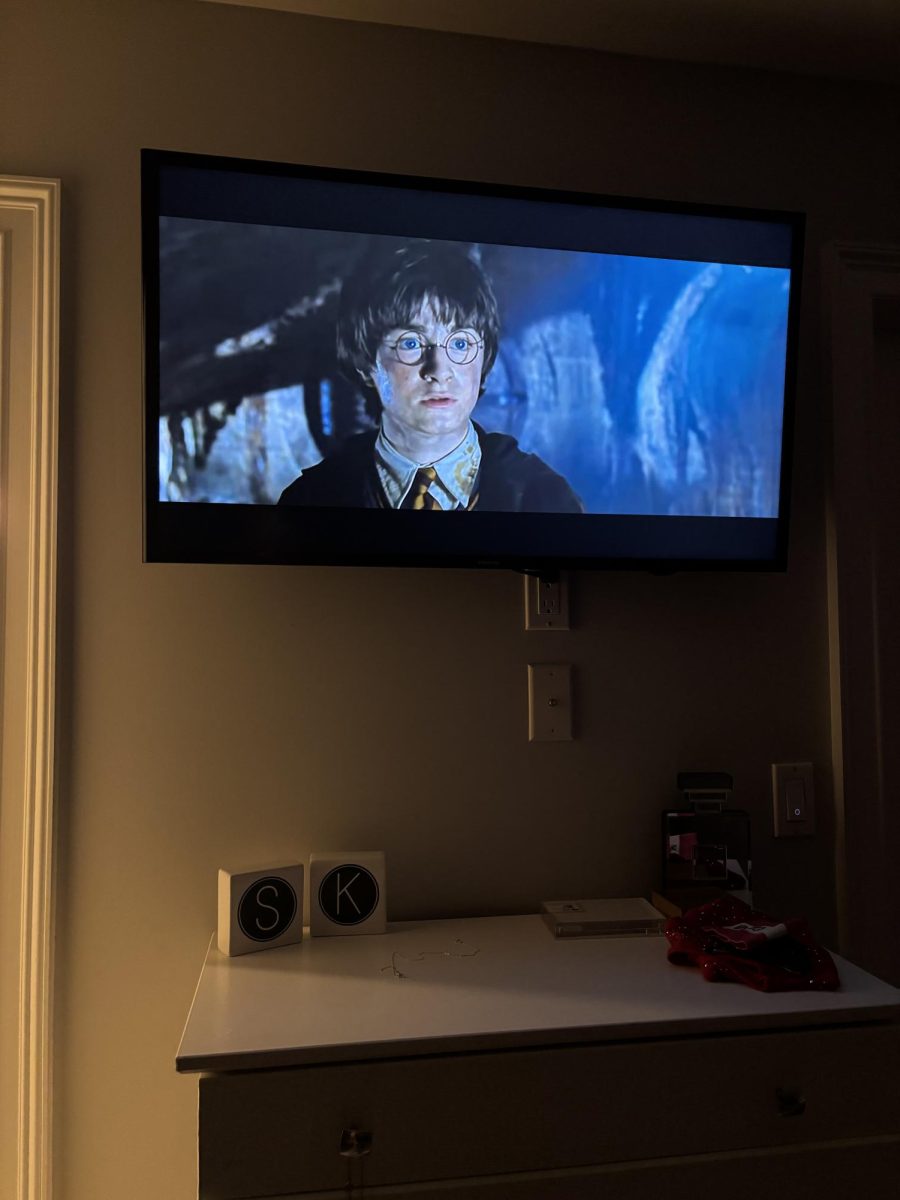Killer Inside: The Mind of Aaron Hernandez premiered on Netflix on Jan. 15. Exhibiting former Patriots tight end and convicted murderer Aaron Hernandez’s journey to fame and fortune, as well as his journey to the courtroom and prison, Netflix effectively tells a heart wrenching story in a three-part documentary.
Even for those who were not previously familiar with Hernandez, this documentary introduces each key person and how they are connected to him. Family trees and timelines are shown throughout the show to help viewers keep track of all the facts. “I thought that the way they presented the timeline was effective and interesting,” senior Matthew Kopsidas said.
This series contains interviews with Hernandez’s family, teammates, and friends, which help to set the stage for how Hernandez grew up, what relationships he had, and what his personality was like. Through these interviews, recordings of Hernandez’s phone calls from prison, discussions with professionals, and facts from the murder investigation, this series presents viewers with an accurate representation of Hernandez’s life. “It provided an unbiased presentation of the factors that contributed to such a horrific tragedy,” English teacher Lindsey Vance said.
Hernandez’s friend, semi-pro football player Odin Lloyd, was shot multiple times on June 17, 2013, and his body was found a mile away from Hernandez’s mansion in North Attleborough, Massachusetts. Hernandez was tried and found guilty for Lloyd’s murder. After his conviction, Hernandez was also put on trial for a 2012 double murder, but he was ultimately found not guilty. The documentary discusses these trials at length, and examines the effects they had on Hernandez’s fiancee and her sister, who happened to be dating Odin Lloyd at the time of the murder.
There is evidence that Hernandez suffered from Chronic Traumatic Encephalopathy (CTE) due to the high number of concussions and blows to the head he received throughout his football career. CTE affects the part of the brain that deals with memory, behavior and impulse control. “Individuals with CTE — and CTE of this severity — have difficulty with impulse control, decision-making, inhibition of impulses or aggression, often emotional volatility and rage behaviors,” Dr. Ann McKee, director of the CTE Center at Boston University said.
Additionally, there is speculation that Hernandez was abused as a child by his father, and through information provided by Hernandez’s brother it was clear that Hernandez’s mother was brutally abused for years by her husband. The makers of the documentary also reveal the internal struggle Hernandez had with his sexuality, and how being unable to come out to his strict father was a leading factor in his anger issues. Hernandez resented his father for the lack of understanding and support he received throughout his adolescence. Throughout his childhood and into his adulthood, Hernandez had angry outbursts and often lost his temper, both in public and private.
The three-part series concludes with the revelation that in 2017, while serving his life sentence without the possibility of parole, 27-year-old Hernandez committed suicide. Information from each stage of Hernandez’s life, including his death, wraps up this tragic story. “This documentary was made really well, and didn’t leave out any details,” junior George Misovec said.








